 The initial consultation, lasting approximately 20 minutes, is a crucial phase in your chiropractic journey. During this comprehensive spinal check-up, your chiropractor will focus on understanding your condition and concerns.
The initial consultation, lasting approximately 20 minutes, is a crucial phase in your chiropractic journey. During this comprehensive spinal check-up, your chiropractor will focus on understanding your condition and concerns.
They will explain the causes of joint dysfunction, the role of chiropractic adjustments, and the numerous benefits chiropractic care can provide. If you’ve never had your spine assessed before, this is the perfect opportunity to have your questions answered by the chiropractor. Following this, a series of tests will be conducted to gain a holistic understanding of your spinal health.



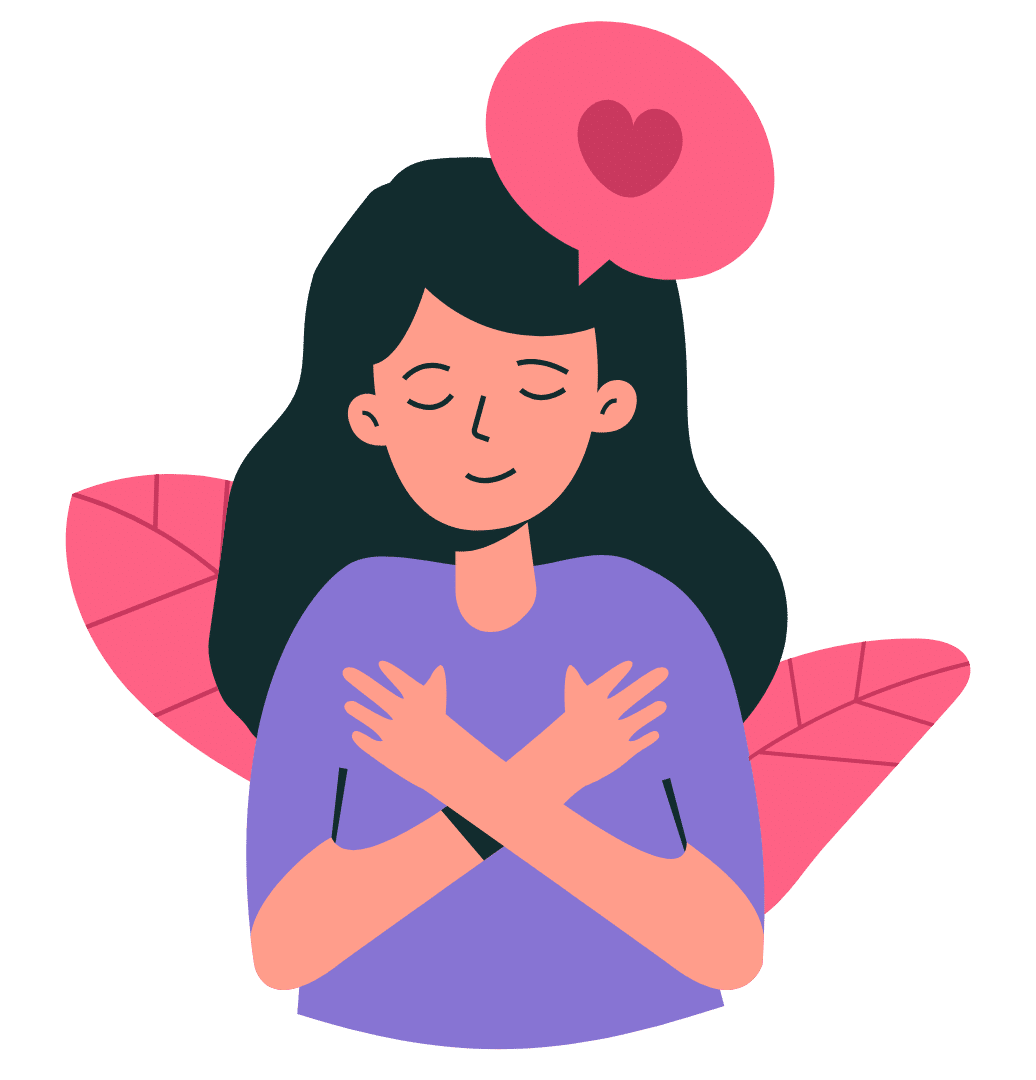
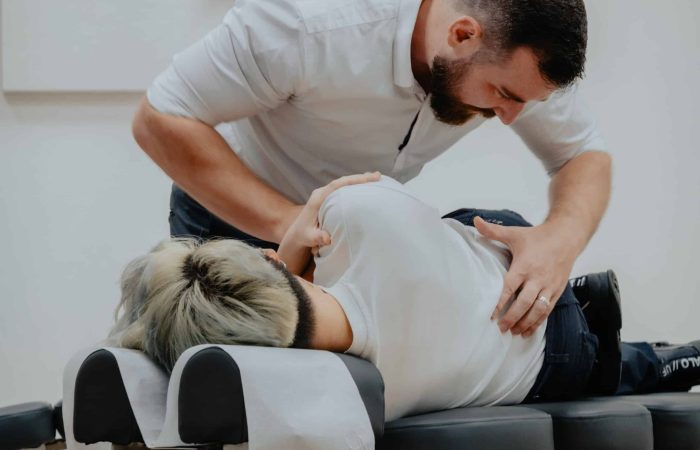


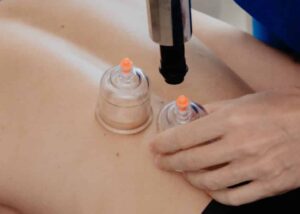
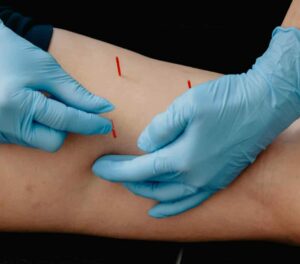
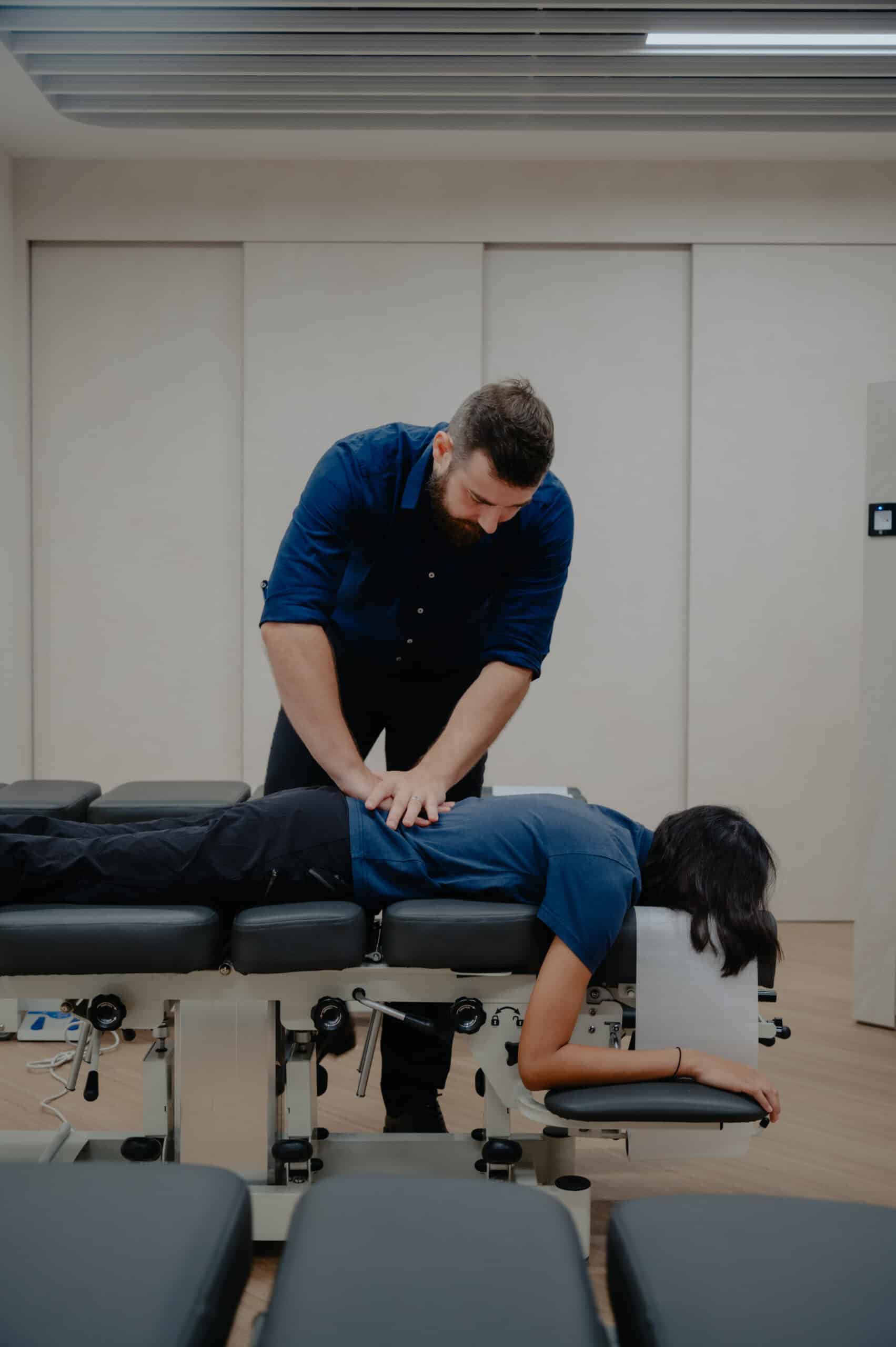
 As you arrive at our centre, expect minimal wait times, typically just enough to complete your initial paperwork. This paperwork is essential for our health partners and your attending chiropractor to gain insight into your health history and current needs. We recommend arriving 10 minutes before your appointment to complete this paperwork.
As you arrive at our centre, expect minimal wait times, typically just enough to complete your initial paperwork. This paperwork is essential for our health partners and your attending chiropractor to gain insight into your health history and current needs. We recommend arriving 10 minutes before your appointment to complete this paperwork. The initial consultation, lasting approximately 20 minutes, is a crucial phase in your chiropractic journey. During this comprehensive spinal check-up, your chiropractor will focus on understanding your condition and concerns.
The initial consultation, lasting approximately 20 minutes, is a crucial phase in your chiropractic journey. During this comprehensive spinal check-up, your chiropractor will focus on understanding your condition and concerns. Your chiropractor will perform a physical examination and palpation of your spine. Our friendly health partners will then conduct additional spinal examinations, including:
Your chiropractor will perform a physical examination and palpation of your spine. Our friendly health partners will then conduct additional spinal examinations, including: Based on the initial consultation and examinations, our chiropractors may recommend spinal X-rays to assess the severity and degree of degeneration in your spine. This step is crucial for your safety and ensures that the chiropractor has a comprehensive understanding of your condition.
Based on the initial consultation and examinations, our chiropractors may recommend spinal X-rays to assess the severity and degree of degeneration in your spine. This step is crucial for your safety and ensures that the chiropractor has a comprehensive understanding of your condition.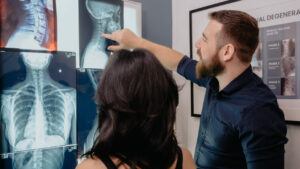 After your X-rays have been taken, you’ll return for a second consultation with the chiropractor to review the results of your tests and X-rays. This session typically lasts about 45 minutes and includes a discussion of whether chiropractic care can offer relief for your condition or if other specialists should be considered.
After your X-rays have been taken, you’ll return for a second consultation with the chiropractor to review the results of your tests and X-rays. This session typically lasts about 45 minutes and includes a discussion of whether chiropractic care can offer relief for your condition or if other specialists should be considered. Our chiropractic spinal check-up is exclusively focused on assessment and does not include adjustments. We are dedicated to providing personalised care, understanding that not everyone is suited for adjustments. By omitting adjustments from our check-ups, we prioritise your well-being, ensuring you only pay for services tailored to your needs and avoiding charges for services that may not be safe or necessary for you.
Our chiropractic spinal check-up is exclusively focused on assessment and does not include adjustments. We are dedicated to providing personalised care, understanding that not everyone is suited for adjustments. By omitting adjustments from our check-ups, we prioritise your well-being, ensuring you only pay for services tailored to your needs and avoiding charges for services that may not be safe or necessary for you. If you opt for regular adjustments, our team will work with you to create a schedule for weekly or monthly visits, kickstarting your pain relief journey. Your journey to wellness begins here!
If you opt for regular adjustments, our team will work with you to create a schedule for weekly or monthly visits, kickstarting your pain relief journey. Your journey to wellness begins here!
